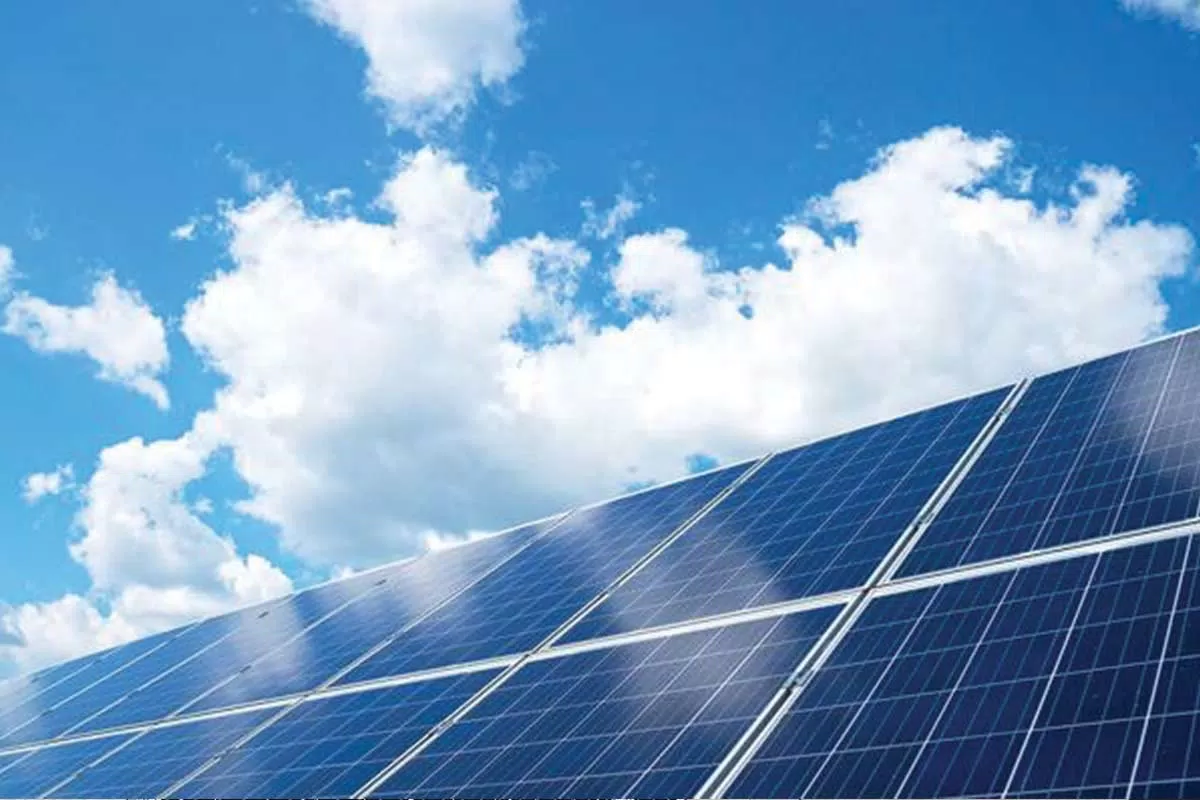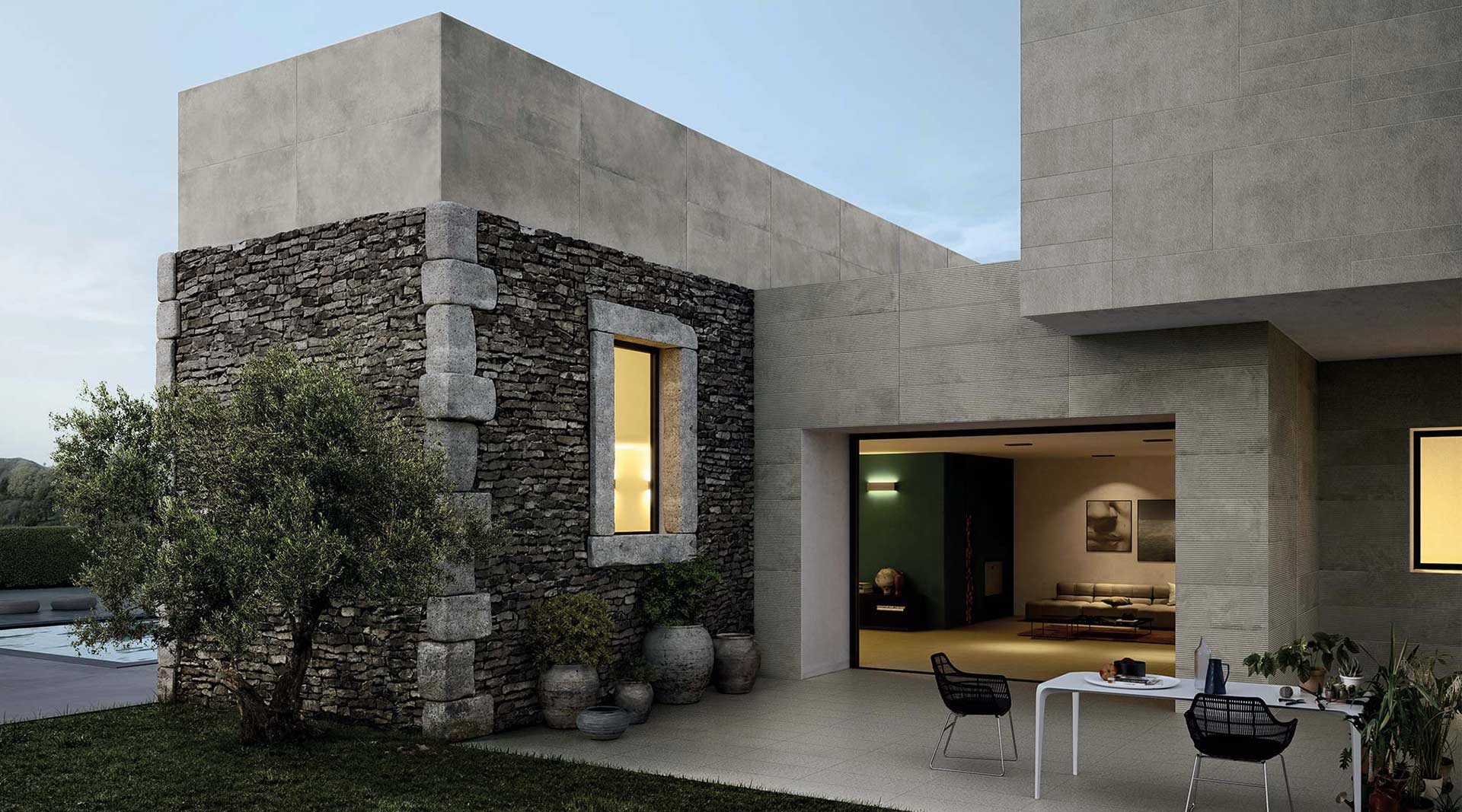A strategy that looks to the future of our building stock must consider the latest energy efficiency parameters. The technologies are ready and available to guarantee savings in both economic terms and in resources used, as well as the durability of the systems applied.
Low energy and investment costs, sustainability driver
Every year, the Fondazione Symbola provides important insight into the accelerating focus on energy saving and business models inspired by the circular economy in its eagerly awaited Report GreenItaly.
“Green technology has made immense progress and in the last 10 years the cost of electricity generated by photovoltaic panels has shrunk by 81%, with a 46% reduction for wind power. In a decade, over 2.6 billion dollars have been invested in renewables worldwide, and in spite of the sharp deceleration in recent years, Italy is seventh in the world, after China, the USA, Japan, Germany, Great Britain and India,” Domenico Sturabotti, director of Fondazione Symbola explained to us, referring to the 2019 data (the new figures will be published in November of this year, ed.).
“Today Italy is the European country with the highest percentage of recycling of all forms of waste combined (urban, industrial, etc.): 79%. Within the Italian economy, this recycling means a potential saving of the equivalent to 21 million tons of petroleum and 58 million tons of CO₂. These values correspond to 12.5% of domestic energy demand and 14.6% of emissions respectively. In the last few years, Italy has become the world’s fourth biggest producer of biogas after Germany, the USA and China. It is also one of the champions of green chemistry.”
Global balancing of atmospheric emissions
In 2019, global carbon dioxide emissions were unchanged at 33 gigatons, even though the world economy grew by 2.9% (IEA – International Energy Agency figures). This would be an achievement to celebrate if it did not result from a delicate balance between the West, which is reducing its emissions, and the East, which is increasing them.
The encouraging figure is probably the outcome of the fall in emissions derived from electricity production in the advanced economies, due to the increasing importance of renewable sources (especially wind and solar power), the switch from coal to natural gas and the rise in nuclear power generation. Other factors contributing to this result were the milder climate in various countries and the slowdown in economic growth in some emerging markets.

Taking an overview, the United States recorded the largest drop in domestic emissions, with a reduction of 140 million tons, or 2.9%. United States emissions have now fallen by almost 1 gigaton compared to the year 2000 peak.
In 2019, emissions in the European Union decreased by 160 million tons, or 5% of the total, thanks to the energy sector. Natural gas produced more electricity than coal for the first time, while wind power almost caught up with coal. Japan’s emissions fell by 45 million tons, or about 4%, the largest drop since 2009, due to the increase in output of the restarted nuclear reactors.
In the same period, on the other hand, emissions in the rest of the world grew by 400 million tons, with almost 80% of this increase coming from Asian countries, where coal-fired electricity production continued to grow.
Energy saving targets for building stock
For many years now the architecture sector, well versed in the principles of smart, scattered design, has considered efficiency not as a preferential goal but as a constant parameter, an intrinsic part of its methods.
According to the report by the Global Alliance for Buildings and Construction (presented in December 2019 at the COP25 in Madrid), buildings, homes and the construction sector account for 36% of all global energy consumption, 50% of raw material extraction and one third of drinking water use.
Buildings and the construction sector are also responsible for 39% of all the world’s CO2 emissions. 11% of these emissions are generated during the construction process (including the production cycle of the construction materials required). The other 28% are generated during buildings’ operation, meaning the energy used to heat, cool and light them. The world’s building stock is predicted to double by 2060. Therefore, World Green Building Council experts maintain that to combat climate change it is crucial to reduce emissions even in buildings’ initial, pre-use phase.
Faced with such high environmental impacts, the European vision is for all new buildings, infrastructures and redevelopment projects to emit 40% less CO2 by 2030. This can only be achieved with significant reductions in the emissions generated in the construction phase and during the production processes of the materials used. All new buildings will also be required to emit no carbon dioxide when in use.

Palazzo Sinfonia
view the project
In order to achieve future energy saving targets, more and more systematic action is required on existing “old” buildings, which represent a high proportion of Italy’s building stock. It is calculated that in Italy there are about 12.1 million residential buildings, and 74% of these were built before the ‘80s, making them old, energy-hungry homes.
Emissions reduction targets IN FIGURESAt the COP25 – the United Nations Climate Change Conference – in Madrid in December 2019 – more than seventy States made a commitment to eliminating all CO2 emissions by 2050. The small island nations set themselves the goal of achieving climate neutrality by switching to 100% renewable energy by 2030. The topic of investments is just as interesting: some of the world’s biggest investment funds, controlling 2 billion dollars, are committed to switching to investment portfolios with zero carbon emissions by 2050. At the European level, the framework of actions on the climate and energy comprises operating goals and policies for the period 2021-2030.
The framework was adopted by the European Council in October 2014. The renewable energy and energy efficiency targets were revised upward in 2018.
|
Effective solutions for achieving energy saving targets
Since it has now been proven that the building stock accounts for a large percentage of atmospheric CO2 emissions, to restore the efficiency of the vast number of elderly, energy-guzzling buildings, we must implement a joint strategy in which construction and system engineering solutions work hand in hand.

Orti Antichi residential complex
view the project
The non-transparent vertical walls are usually the part of the building envelope occupying most of the barrier surface between the heated interior and the outside world. Therefore, all the knowledge available must be applied to design and build walls in ways that guarantee low energy consumption (for both heating in winter and cooling in summer) and uniform, constant performances over time.
A skin that gives efficiency to the envelope
As well as providing the benefits of high strength and low sensitivity to the action of heavy rain, ventilated facade systems are able to enhance and optimize the non-transparent wall’s energy performance.
It is important for the cavity to be connected to the networks for the intake and expulsion of outdoor air, which must have suitable control systems, to regulate the air flow inside the facade. In normal operating conditions, the air flow is in an upward direction, generating what is known as the “stack effect”.

Datalogic Ventilated Facade
view the project
In summer conditions, the cladding screen is able to reflect some of the direct sunlight striking the building, absorb some of it by increasing its own temperature, and transmit the rest by irradiation. Some of the heat is dispersed due to the ventilation, which reduces temperature values in the cavity.
In winter, the benefit of ventilation through the cavity is the rapid evaporation or dispersal of water vapor; intensive ventilation can be activated only when the temperature and humidity conditions are right, avoiding undesirable effects such as formation of large amounts of condensate, frost or ice. It will be decided during the design phase whether it is necessary to install a controlled mechanical ventilation system to respond to seasonal weather conditions.
High standards to achieve nZEB (nearly Zero Energy Building) parameters
The thermal and energy behavior of non-transparent building envelopes with a ventilated facade cladding ensures impressive advantages in the achievement of high energy saving standards, and in the realization of “nearly Zero Energy Buildings”. In fact, ventilated facade systems are able to:
- reduce the building’s thermal load by due to partial reflection of the solar radiation striking the facade and by ventilation in the cavity if required;
- provide a uniform, continuous layer of thermal insulation, which can easily be connected to the edges of window frames, for total control of cold bridges on the various faces of the building;
- increase the thermal insulation thickness to 15-20 cm without any particular technical difficulties or large increases in cost. This enables the use of thicknesses which give the building high heat retention properties, minimizing heat loss, favoring heat accumulation and slashing energy demand.




